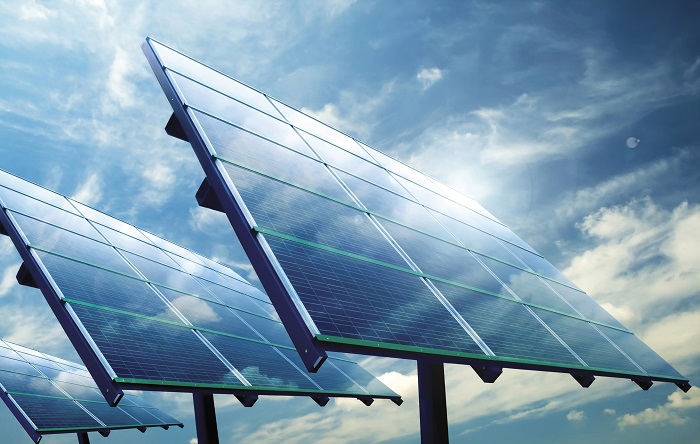A team of researchers led by Aarhus University and including experts from universities and knowledge institutions in the US, Europe, Japan, and Australia has published an article in the prestigious scientific journal Joule confirming that the role of solar photovoltaic installations in future green energy systems ought to be significantly upgraded.
Solar photovoltaic technology has undergone dramatic development over the past 14 years causing the technology to be cheaper already today than has otherwise been assumed in the models that the UN Intergovernmental Panel on Climate Change (IPCC) uses for its 2050 scenarios.
“And there is good reason to believe that this development will continue. Intensive research is being conducted into photovoltaic technology, its integration into energy systems, as well as its synergy with other industries. Furthermore, innovative technologies are on the way that could further boost this development. Therefore, we’re looking at a future where energy from solar cells is even cheaper than today. This fact doesn’t harmonize with the models behind political decisions about energy investments,” says Assistant Professor Marta Victoria from the Department of Mechanical and Production Engineering at Aarhus University, who is the leading author of the article.
The article examines why the integrated assessment models and partial equilibrium models used by the IPCC to form the basis for climate reports typically underestimate the role of solar photovoltaic installations in the energy systems of the future.
According to Marta Victoria, there are two main reasons: The estimated price of electricity from solar cells has been set too high, and the models are too conservative in relation to the share of renewable energy possible in an energy system.
For example, several models have a built-in cap of 30 percent electricity from renewable energy sources. Experience from Denmark, for example, clearly shows that a higher share is indeed very feasible. And the same applies to the cost. All the models used by the IPCC in their reports, apply a cost that falls to a minimum of EUR 1 per installed watt in the year 2050. However, the average cost today is already cheaper than this. In other words, 30 years before previously assumed.
According to the researchers, the problem is simply that the models have not taken into account the speed of developments in solar photovoltaic technology.
Since 2007, solar power production has experienced massive exponential growth worldwide. Such rapid development is unprecedented for any other energy source.
This means that when the IPCC looks into future energy systems based on its current models, solar photovoltaic technology does not look as desirable as it actually is.
Therefore, the IPCC emphasizes other energy sources and technologies and underestimates the contribution from solar cells. This is clearly wrong. Instead, the IPCC should send a clear signal that solar technology has matured and that it should play a larger role in the future. A stronger focus in this area is crucial because it means we can convert to a climate-neutral energy supply long before 2050.
According to the researchers, there is no doubt about how the global community can meet the Paris Agreement’s targets to limit global warming to 1.5 degrees Celsius fastest and cheapest: We need to invest massively in renewable energy sources, and especially solar energy.
“You can’t use conservative estimates from old energy systems when you have to model an entirely different future. We have to realize that photovoltaic technology has undergone dramatic developments in recent years which make it a very important player in the future. Otherwise, the green transition of our energy systems will simply be too expensive,” says Assistant Professor Marta Victoria.






